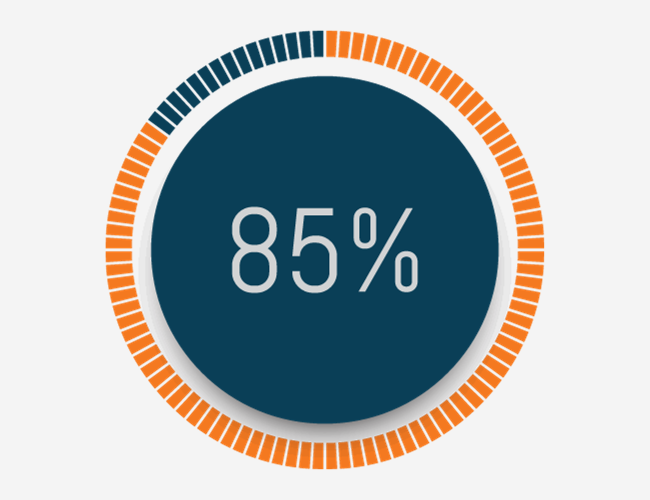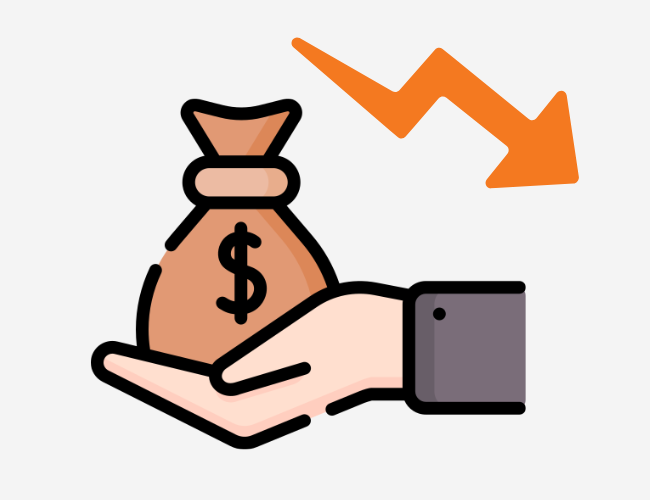The recently published State of Employee Benefits 2018 Regional Edition from Benefitfocus provided a number of insights on the rise of high-deductible health plans (HDHPs) in the workplace. Through an analysis of actual open enrollment data from more than a million consumers across more than 500 large employers, the report quantifies what many employers may already know or may be experiencing firsthand. Most notably employers are realizing that, like most employee benefits, there is rarely a one-size-fits-one option that works for everyone, which is why offering employees multiple plan types is critical. Combined with Health Savings Accounts (HSAs), HDHPs can be even more attractive to many employees, especially if proposed Federal legislation passes. Below are a few highlights from the report.
Increasing HDHP Availability To Employees
According to the report, the number of large employers offering a HDHP increased significantly with a 10-point bump from 2017, growing from 60% adoption in 2017 to 70% adoption in 2018. The rise in HDHPs is largely attributable to deductible plans in their health benefits portfolio. The study found that very few large employers exclusively offer a HDHP. “With five generations in the workforce, it’s really tough to find a one size fits all health care plan,” said Jeff Oldham from Benefitfocus, the sponsor of the study. From a geographic perspective, the percentage of large employers offering a traditional health plan along with newer high-deductible health plans rose last year across all regions. In terms of employee selection, preferred provider organization (PPO) plans remain the plan of choice for employees, but HDHPs are firmly in second place.
Generation Impacts Plan Selection
When given a choice between plan options, baby boomers preferred PPO plans over HDHPs 56% to 29%. Millennials were split with 42% preferring PPOs and 40% preferring HDHPs. If trends continue, one would expect millennials will prefer HDHPs in 2019 and the gap between generations will grow. This increases the importance of all employers, especially those with diverse populations, to offer diverse plan options to address the needs of all employees.
Salary Matters In Plan Selection
Another interesting finding from this study is how employee salary appears to be increasingly influential in plan selection. The average salary difference between HDHP and PPO subscribers in 2017 was $2,092. The salary difference increased more than 165% to $5,557 in 2018. With lower premiums and growing favorability with millennials, it is not surprising to see lower salaried employees flocking to HDHPs. Employers should be cautious if they experience significant salary differences in their plan types; they do not want to artificially create two tiers of health plans, one for well compensated employees and one for the rest.
Employees Want Directed Healthcare Accounts
Participation in HSAs and Flexible Spending Accounts (FSAs) among eligible employees surged year over year, with every age group seeing dramatic increases in adoption of both accounts. Of those eligible for HSAs (you must have a qualified HDHP to fund this account), the percentage of individuals utilizing one increased from 50% to 81% from 2017 to 2018, reflecting a 62% increase. FSA participation grew from 17% to 28%, reflecting a 71% increase. Since these accounts are growing in popularity, employers can further embrace the movement by incorporating reward programs that include HSA or FSA contributions as the incentive.













